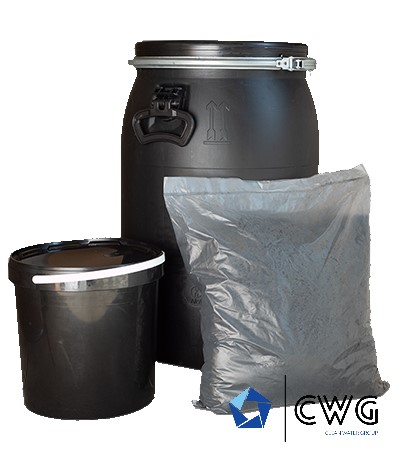TRIHALOMETHANES
Trihalomethanes are chemical compounds that are formed as byproducts of the reaction between chlorine or other disinfectants used to purify water and organic matter present in water.
These compounds often include chloroform, bromodichloromethane, dibromochloromethane and bromoform. Trihalomethanes are present in drinking water, but are usually found in concentrations that are well below the permissible limits for safe consumption.
Although trihalomethanes are the result of water disinfection, there are concerns about their possible health impact. Studies have linked exposure to high concentrations of trihalomethane to an increased risk of certain forms of cancer, particularly bladder cancer, colon cancer and rectal cancer. However, most health agencies consider that concentrations of trihalomethane commonly found in drinking water are unlikely to cause serious health problems.
To reduce exposure to trihalomethane, many water companies are applying strategies to reduce the formation of these compounds. This may include adjustments to the disinfection process, the use of advanced water purification techniques, and optimization of water treatmentto reduce the concentration of trihalomethane.
Overall, trihalomethanes are an important aspect of water management and water quality. Although the result of disinfection of water, which is crucial for preventing the spread of diseases, at the same time it is essential to monitor their concentrations and implement the necessary measures to ensure safe and high-quality drinking water for all.
Solving the problem of trihalomethane in drinking water requires careful planning, supervision and the application of appropriate techniques to reduce the formation of these compounds. Here are some methods used to reduce the concentration of trihalomethane in water:
- Alternative disinfections: Instead of chlorine, alternative disinfectants such as ozone or UV radiation can be used. These procedures do not produce trihalomethanes as byproducts and can reduce their formation.
- Remove precursors: Trihalomethanes are formed by the reaction of chlorine with organic precursors present in water. Removing these precursors can reduce the formation of trihalomethanes. This can be achieved through additional water purification processes, such as deposition and filtration processes.
- Chlorine dosage optimization: Proper dosing of chlorine or other disinfectants can reduce the formation of trihalomethane. Precise dosing can ensure the required level of disinfection without excessive formation of byproducts.
- Activated carbon: The use of activated carbon in the process of water filtration can adsorb organic substances that serve as precursors for the formation of trihalomethane. This can reduce the concentration of precursors and reduce the formation of trihalomethane.
- Advanced oxidation techniques: The use of advanced oxidation processes, such as advanced oxidation by ozone or UV/H2O2, can decompose organic substances and trihalomethane precursors before trihalomethanes are formed.
- Adaptation of the disinfection process: Adjusting the parameters of the disinfection process, such as pH, chlorine dosing and contact time, can reduce the formation of trihalomethane.
- Combined techniques: Combination techniques are often used to achieve maximum effect. For example, the combination of advanced oxidation with adsorption processes can be effective in reducing the concentration of trihalomethane.
Each water company should carefully study its water conditions and apply appropriate strategies to reduce the concentration of trihalomethane.
Regular monitoring of trihalomethane concentrations and the implementation of appropriate techniques can ensure that drinking water is safe and of high quality for consumers.


